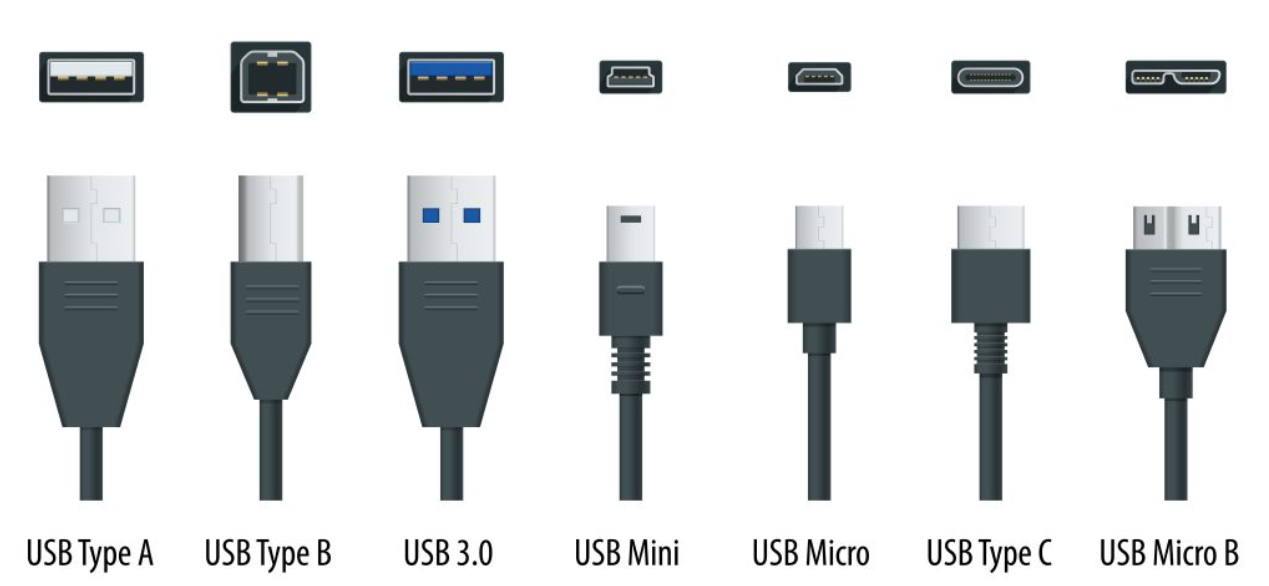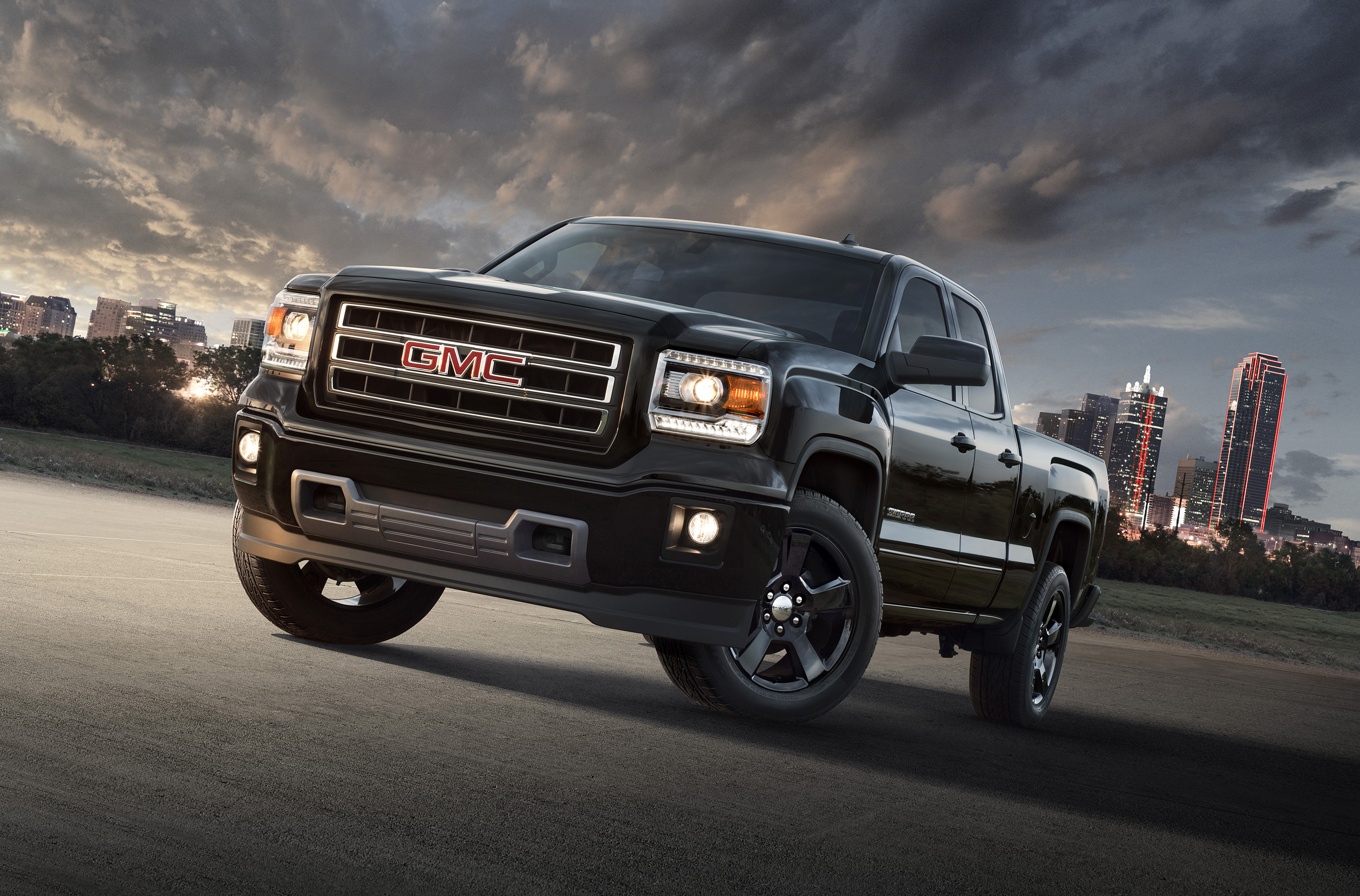In the world of technology, connectivity standards are constantly evolving, and one of the most significant advancements in recent years has been the introduction of USB Type-C. This universal port has rapidly gained popularity due to its versatility, speed, and efficiency. As devices increasingly adopt USB-C, understanding its benefits and applications is essential. In this article, we’ll explore the top devices that support USB Type-C and discuss why you should care about this innovative technology.
What is USB Type-C?
USB Type-C is a universal connector standard that can be used for data transfer, video output, and power delivery. Unlike its predecessors, USB Type-C is reversible, meaning users can plug it in either way, eliminating the frustration of fumbling with connectors. Its design is intended to unify various interfaces, allowing for a single cable to handle multiple functions.
Key Benefits of USB Type-C

Before diving into specific devices, it’s crucial to understand why USB Type-C has become a game-changer in the tech industry. Here are some of its primary benefits:
- Faster Data Transfer: USB Type-C supports data transfer rates of up to 40 Gbps, significantly faster than previous standards.
- Power Delivery: It can deliver up to 100 watts of power, enabling it to charge laptops and other high-power devices quickly.
- Universal Compatibility: USB Type-C is designed to work with a wide range of devices, from smartphones to peripherals like monitors and docks.
- Video Output: It can support video output, making it possible to connect laptops and tablets to external displays seamlessly.
Top Devices Supporting USB Type-C
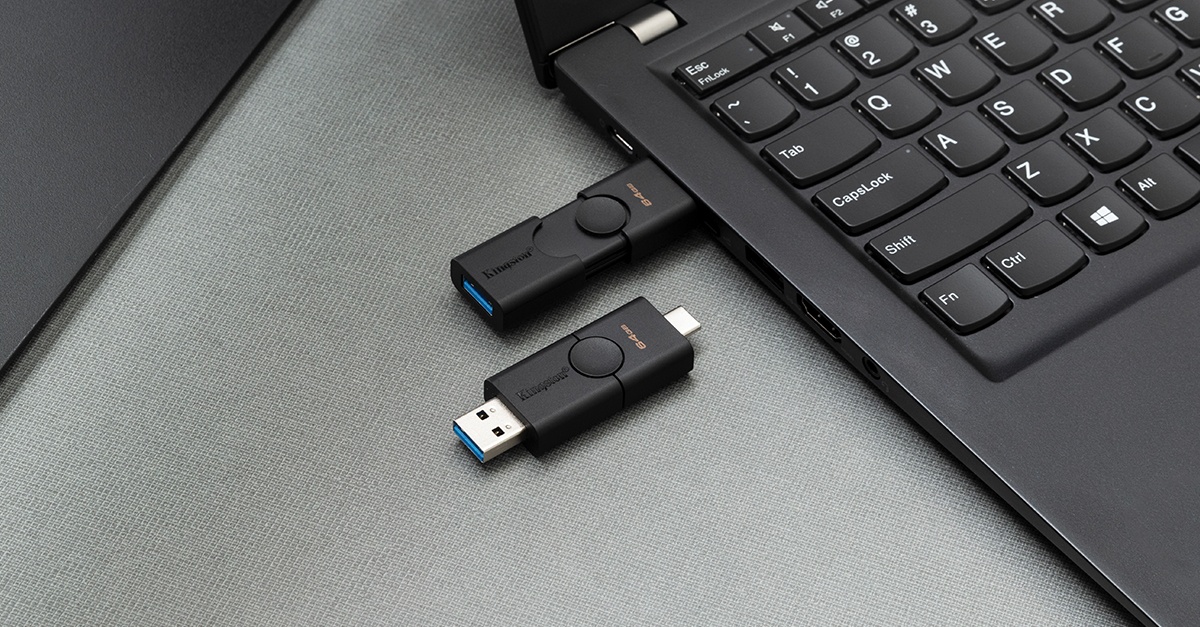
1. Smartphones
Smartphones are among the most popular devices that have embraced USB Type-C. Major brands have transitioned to this standard for its efficiency and functionality. Notable examples include:
- Samsung Galaxy S21: This flagship device offers fast charging, data transfer, and video output through USB-C.
- Google Pixel 6: Known for its camera capabilities, the Pixel 6 utilizes USB-C for charging and data sync, making it compatible with various accessories.
- OnePlus 9: With Warp Charge technology, this device can be charged quickly via its USB-C port.
2. Laptops
As laptops become more portable and powerful, USB Type-C has become the standard for data and power connections. Here are some top laptops featuring USB-C:
- Apple MacBook Pro: The latest models come equipped with multiple Thunderbolt 3 ports (USB-C), which support power delivery, data transfer, and video output.
- Dell XPS 13: Renowned for its sleek design and performance, this ultrabook features USB-C ports for charging and connectivity.
- HP Spectre x360: This 2-in-1 laptop offers USB-C for charging and data transfer, enhancing its versatility.
3. Tablets
Tablets have also adopted USB Type-C, providing users with a more streamlined experience. Consider these examples:
- Apple iPad Pro: The iPad Pro uses USB-C for charging and connecting various peripherals, including monitors and external drives.
- Samsung Galaxy Tab S7: This Android tablet supports fast charging and data transfer through its USB-C port, making it a versatile option for users.
- Microsoft Surface Pro 7: Equipped with a USB-C port, this device allows for easy connectivity to external displays and accessories.
4. Accessories
USB Type-C has also made significant inroads into the accessories market. Here are some essential accessories that support USB-C:
- External Hard Drives: Brands like Samsung and SanDisk offer external drives that utilize USB-C for faster data transfer rates.
- Monitors: Many modern monitors come with USB-C ports, allowing direct connections to laptops and tablets for video output.
- Adapters and Hubs: USB-C hubs enable users to connect multiple devices, including HDMI displays, USB-A peripherals, and SD cards, all through a single port.
Why You Should Care About USB Type-C

With the growing adoption of USB Type-C across various devices, it’s essential to understand its significance:
- Simplification: The shift to a universal standard reduces the number of cables and chargers needed, simplifying your tech ecosystem.
- Future-Proofing: As more devices adopt USB-C, investing in this technology ensures compatibility with future gadgets and accessories.
- Enhanced Performance: With faster data transfer and charging capabilities, USB-C improves the functionality of your devices.
Case Studies: Real-World Applications
To illustrate the impact of USB Type-C, consider the following case studies:
Case Study 1: The Apple Ecosystem
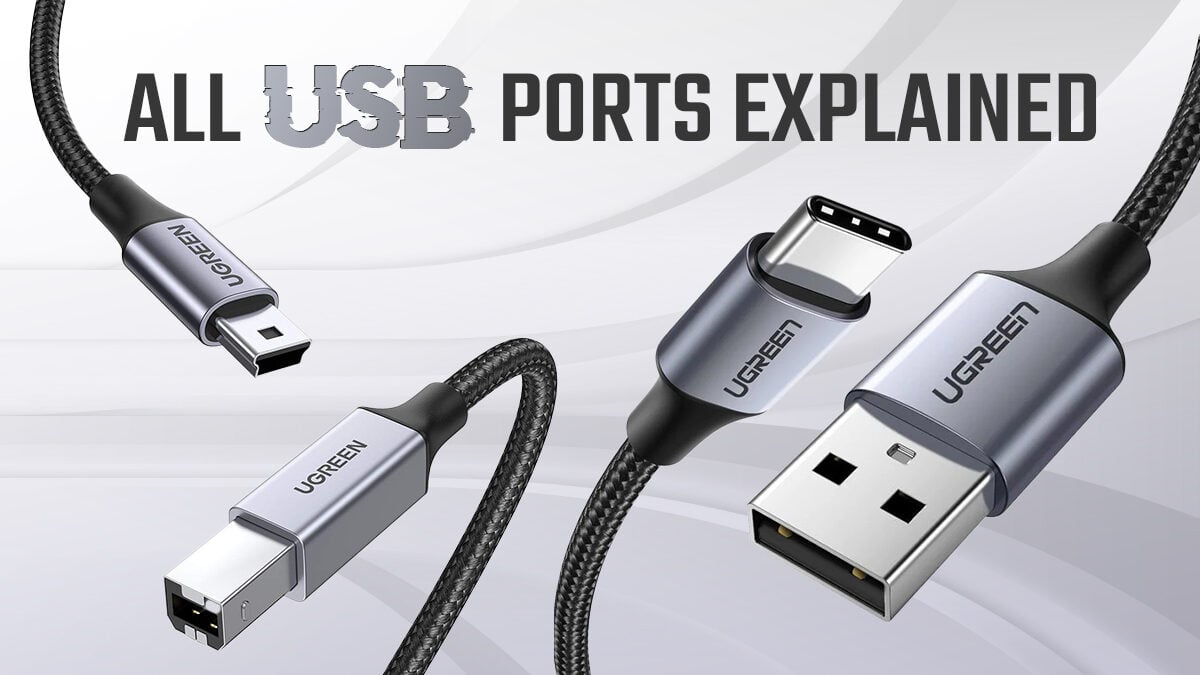
Apple’s transition to USB-C with its MacBook Pro and iPad Pro has streamlined its device ecosystem. Users can charge their laptops, iPads, and even iPhones (with an adapter) using the same cable. This has enhanced user convenience and reduced electronic waste.
Case Study 2: Dell’s XPS Line
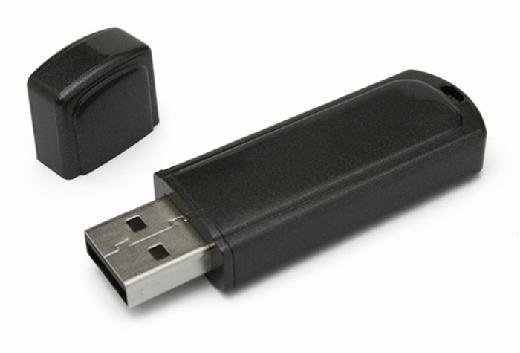
Dell’s XPS line of laptops has leveraged USB-C to enhance connectivity options. Users can connect to external monitors, transfer data, and charge their laptops all through a single port. This flexibility has positioned Dell as a leader in the ultra-portable laptop market.
USB Type-C is more than just a new connector; it represents a significant advancement in technology that simplifies connectivity and enhances device functionality. From smartphones to laptops and accessories, the integration of USB-C is a trend that cannot be ignored. By embracing this technology, users can enjoy faster data transfer, efficient power delivery, and a more streamlined experience.
As we move toward a more connected future, understanding and adopting USB Type-C will not only enhance your device usage but also prepare you for the evolving tech landscape. The devices mentioned in this article are just the tip of the iceberg, as more manufacturers continue to adopt this universal standard. So, whether you’re upgrading your gadgets or simply looking to simplify your tech life, USB Type-C is a technology worth caring about.
